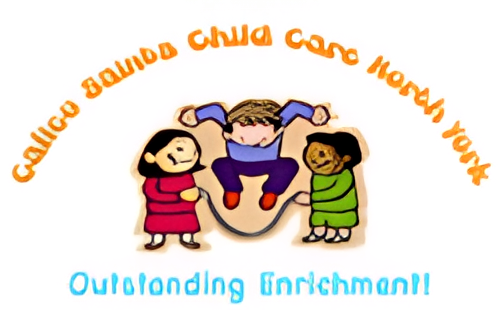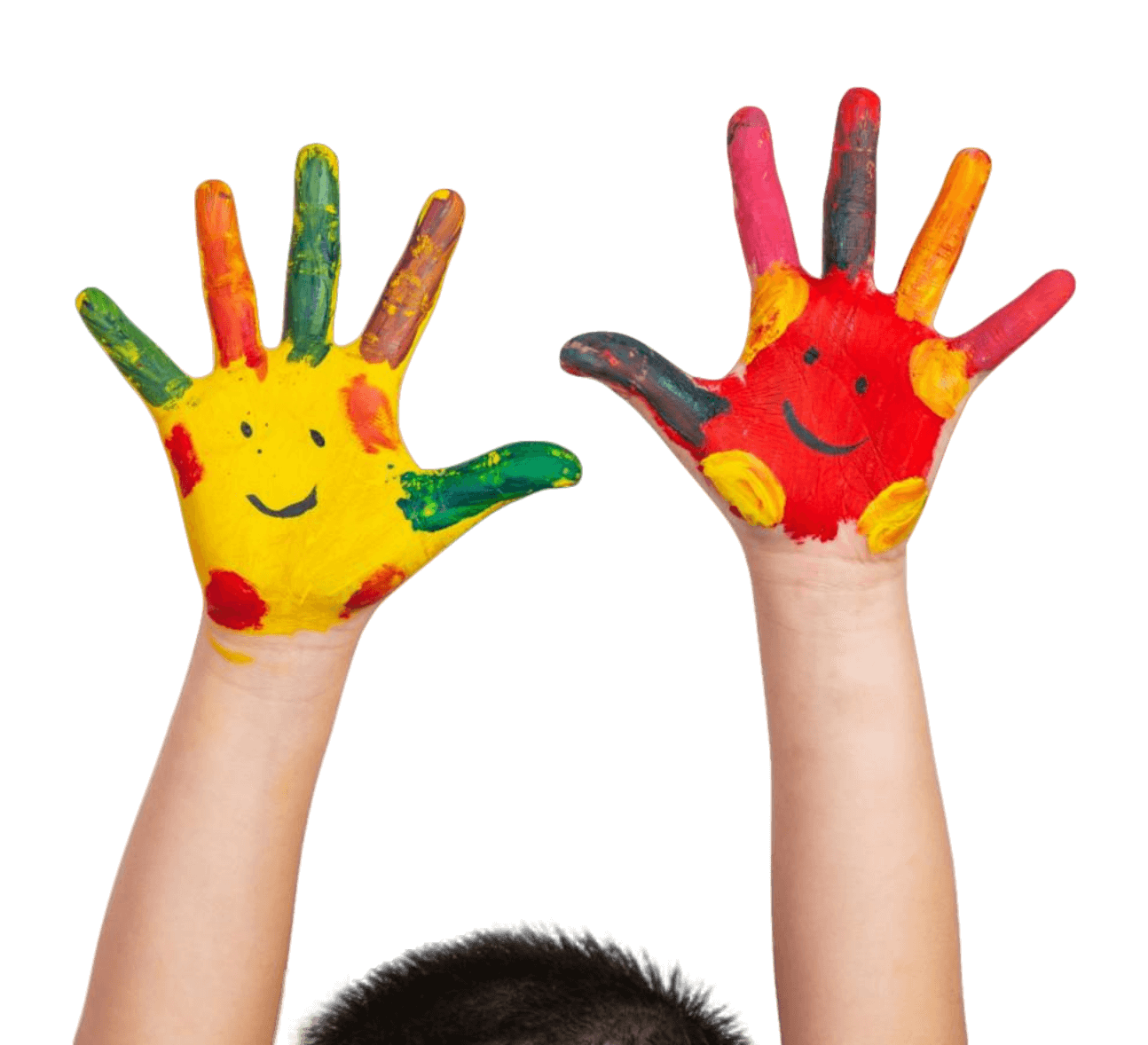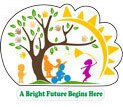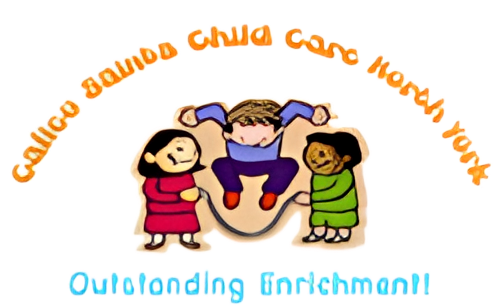Introduction to Curriculum Development in Early Childhood Education
In the early years, kids are like sponges, soaking up knowledge. That’s why the curriculum for early childhood education is not just playtime – it’s a critical foundation. Effective curriculum development in these formative years shapes young minds, setting them on a path to lifelong learning. It’s about carefully choosing what experiences and knowledge children are exposed to. Think of it as constructing the first layer of a towering skyscraper – that layer needs to be solid. Educators use a blend of play, structured activities, and exploration to promote key development areas such as language, social skills, and basic math understanding. Getting it right can influence a child’s academic journey, and it paves the road for a smoother ride through the education system.

The Role of Curriculum Development in Fostering Cognitive Skills
Curriculum development is not just a fancy term, it’s a crucial process that shapes young minds in their prime learning stages. The way a curriculum is designed can significantly influence how kids think, solve problems and understand the world. In early childhood, brain development is rapid, so planting the seeds for strong cognitive skills is a must. A well-crafted curriculum spots the learning opportunities in every playtime and storybook. It uses these moments to teach children how to analyze situations, ask questions and experiment with solutions. By doing this, the little ones don’t just learn to memorize; they learn to reason. Think of it as setting up a mental gymnasium where their brain muscles flex and grow stronger every day.
Enhancing Social and Emotional Development through Curriculum Planning
Well-crafted curriculum planning does wonders for little ones’ social and emotional growth. It’s all about giving kids the right tools to express themselves, play nice with others, and get a grip on their feelings. You see, when teachers map out engaging activities, they’re not just filling time – they’re helping kids learn to share, wait their turn, and work together. These activities are built to show young learners how to manage ups and downs and make sense of the world. A good plan also spots kids who might need an extra hand getting along with their buddies or grappling with their emotions. This early leg-up can set the stage for smoother sailing in school and beyond.
Curriculum Development and the Impact on Language Acquisition
When we shape a curriculum for the little ones, we build their language skills from the ground up. Think of words as building blocks; the more children play with them, the sturdier their communication fortress becomes. Picture a toddler’s classroom buzzing with kiddos babbling, that’s language acquisition in action, and it’s pivotal. A strong curriculum introduces new words daily, making the munchkins more fluent speakers. It’s not only about talk though; comprehension gets a boost, too. Kids learn to follow stories, grasp instructions, and even tell their own tales. So, every time we tweak the syllabus, we’re giving these kids a language toolkit for life. Remember, learning to chat early paves the way for academic and social wins later on. A solid base in language is like giving a kid a mic; it amplifies their voice in every corner of their world.
The Importance of a Tailored Curriculum in Early Childhood Creativity
A one-size-fits-all approach rarely works when it comes to education. Early childhood is a crucial stage where kids are as unique as they come, their minds buzzing with potential. That’s where a tailored curriculum steps in. It does not just throw information at kids but considers their individual strengths, needs, and interests. This means lessons are more engaging, fostering a love for learning early on.
Think of it this way: a kid curious about bugs can learn math through counting ladybugs or understand science by studying ant colonies. This kind of tailored learning taps into their natural curiosities, turning lessons into adventures. It’s not about forcing all kids to fit the same mold; it’s about expanding the mold to fit each child. This boosts creativity, as kids can explore and express themselves in ways that standard curricula might not allow.
So, when a curriculum is adapted to each child’s creative spark, it can light a fire that burns well into their later years of education. It’s not just about making school fun—it’s about laying down the groundwork for innovative thinkers and problem solvers who’ll one day change the world, one creative idea at a time.
Curriculum Strategies for Encouraging a Love for Lifelong Learning
Curriculum strategies in early childhood education should ignite a spark for learning that kids carry for life. It all starts with hands-on activities that are fun and interactive. Think of lessons that get kids moving and exploring, not just sitting and listening. Teachers need to weave in playtime because that’s how young children learn best. Encouraging curiosity and questions is huge too. When kids ask ‘why?’ or ‘how?’, that’s learning in action. Books and stories play a big role as well. When we introduce a variety of books, we open up new worlds for children. It’s also about tailoring the learning to each child. Some kids might love counting beans, while others get excited about drawing. By identifying what each child is passionate about and building on that, we keep that love for learning burning bright. And let’s not forget the power of positive feedback. Celebrating the small wins keeps kids motivated. So the goal is simple: make learning so enjoyable that children want to keep exploring, asking, and growing. That’s the foundation of a lifelong love of learning.
Addressing Diverse Learning Needs with Effective Curriculum Development
When we develop a curriculum for young children, we make sure it addresses the varied ways kids learn. Every child is unique and locking them into a one-size-fits-all learning box doesn’t work. With a well-planned curriculum, teachers can create different paths that fit the learning styles and paces of all the little learners in their care. This means whether a child is a fast reader, a hands-on builder, or someone who needs a little more time to grasp math concepts, the curriculum has them covered—no one feels left out or pushed too hard. And that’s how we make sure every child’s learning needs are met, right where they are.
Implementing Inclusive Education via Thoughtful Curriculum Design
Creating a curriculum that embraces inclusivity is a game-changer in early childhood education. It ensures that every child, regardless of background or ability, gets to play a part in the learning journey. So, what’s this mean for the little ones? They learn to respect and value diversity early on, which is a big deal because it shapes them into empathetic, open-minded grown-ups. Plus, teachers get to tailor their lessons so everyone in class is on the same learning page, making sure no kid is left feeling like they can’t keep up. And the cherry on top? An inclusive curriculum typically means a broader range of teaching methods are in play, setting up a dynamic classroom environment where kids are more engaged and excited to learn. Simply put, when education is accessible to all, it’s a win-win.
The Long-Term Advantages of Quality Early Childhood Curriculum Development
Investing in a robust early childhood curriculum can yield lasting benefits that extend well into a child’s future. Just like strong roots support a healthy tree, a good start with the right educational framework can set kids up for success. Firstly, personalized learning experiences nurture a lifelong love for learning—an eager, curious mind is a potent tool through all stages of life. Secondly, when children engage with well-crafted activities, they develop key social skills. They learn to communicate, collaborate, and resolve conflicts, vital proficiencies for their school years and beyond. Thirdly, quality curriculum development lays a solid foundation for future schooling. Think of it as a head-start in the race of education; kids are ready to face new academic challenges with confidence. Fourthly, studies show that children exposed to effective early education perform better in standardized tests. This isn’t just about grades; it’s about cultivating an ability to navigate various assessments they’ll encounter. Lastly, consider the ripple effect on society at large. Well-educated individuals contribute to their communities and economies. They are more likely to be employed, have good health, and participate in community-building activities.
Remember, the benefits of a strong start in education aren’t just a good report card. It’s about shaping well-rounded individuals who thrive and contribute positively to our world.
Summary: The Transformative Power of Curriculum Development in Early Education
Curriculum development in early childhood education isn’t just about planning daily activities. It’s the groundwork for building knowledge that sticks with kids as they grow. Think about it as the blueprint for learning success. This planning shapes how young minds interact with the world, embedding essential skills early on. It’s about tailoring experiences to foster curiosity and a love for learning. When education systems invest in early curriculum development, they set the stage for lifelong benefits including sharper critical thinking, improved social skills, and a solid foundation for continuous learning. Each step of this focused curriculum design is a step towards a brighter, smarter future for the little ones. It’s transformative, setting young learners up for the win, right from the starting line.




